Monthly gardening calendar: jobs to do through the year
Find 12 months of advice in this monthly gardening calendar and keep your garden looking its best with our list of essential tasks


A monthly gardening calendar can really help with keeping on top of all those jobs which need doing each month in your plot. Whether that be sowing seeds for the veg patch or keeping your lawn pristine throughout the year.
Keeping track of your monthly gardening calendar and all the jobs big and small, means that you can maintain the health of your garden and also your own physical and mental wellbeing.
The trick is to find the ideal balance between work and enjoyment. And relish the differences that each season will bring. Winter jobs in the garden are about planning and prepping whereas spring and summer will be more about maintaining the growing health of your beds and borders which will be springing into action.
Keep your garden looking great with our monthly gardening calendar
Month by month you will see your outdoor space change throughout the year and there will be times when you want to be spending more time outdoors relaxing and less time hard at work. So do tasks like weeding little and often to free up more time for other things.
January
January’s the ideal time to plan for a color and scent-filled new gardening year. With Christmas decorations packed away, make the most of the downtime to review your garden. Check last season’s photos, noting any gaps in the borders. Could there be more structure/color/interest? Are there new projects you’re itching to try? Researching and planning are essential parts of your January gardening jobs.
Get outside when weather allows. Wrap up warm, and avoid walking on frosted grass. Pick sprigs of the best winter flowering shrubs like viburnum and sarcococca to perfume your home.
5 top jobs for January
- It’s the perfect time to build paths and patios, while plants are still dormant, so organize any new landscaping ideas now, before contractors get busy.
- Prune the best climbing roses if they weren’t done in fall. Remove a few of the oldest stems from the base and cut back any side shoots to 15cm, and tie in long shoots.
- Deadhead winter-flowering pansies weekly, to keep them blooming.
- Boring, maybe, but necessary – clean pots and sharpen and oil tools for the new season.
- Check winter planters in case they need watering – freezing weather can prevent them taking up water.
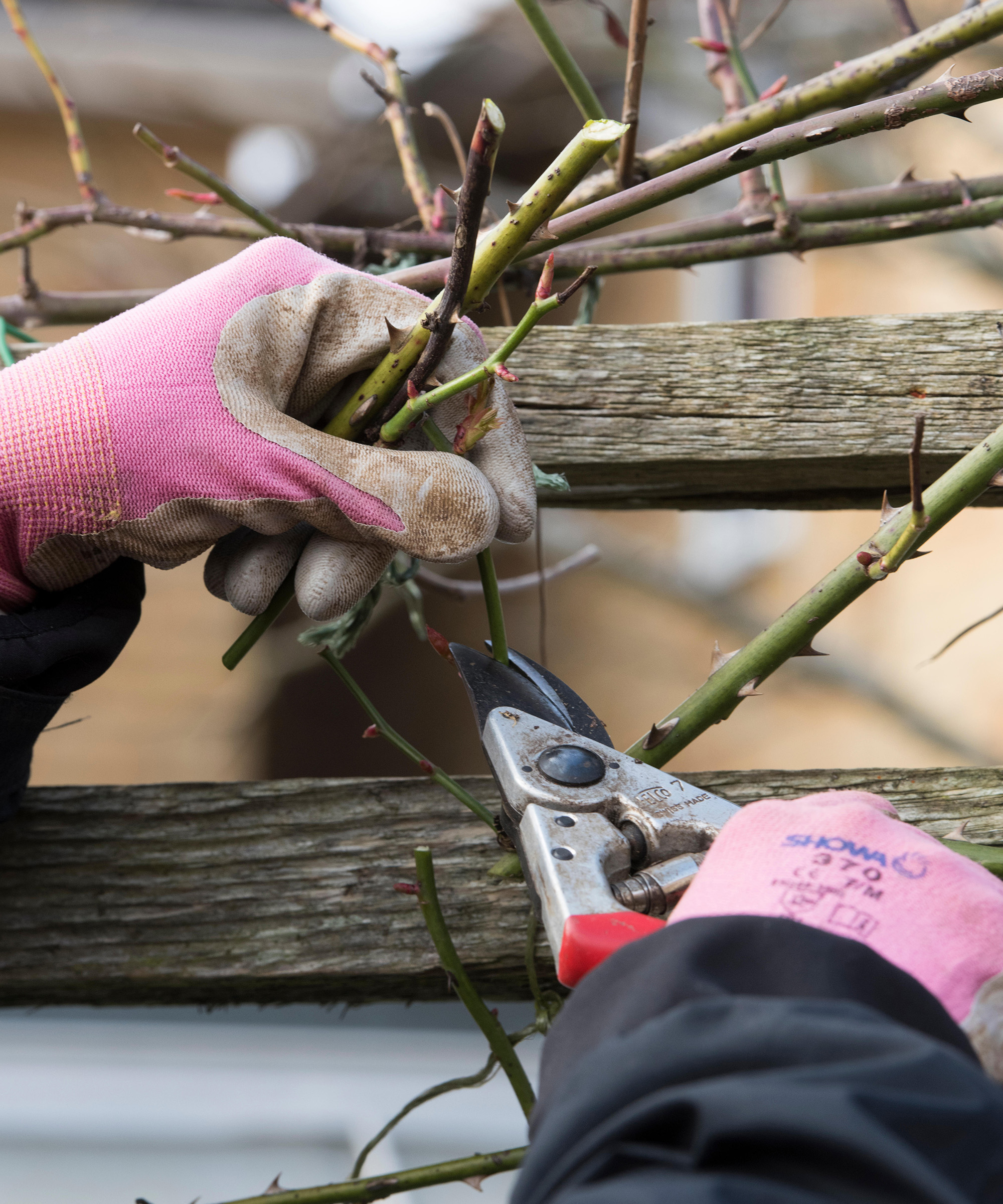
February
It’s still winter, but there are definite stirrings of spring: small bulbs and early flowers are popping up in pots, garden borders and at garden centers. On fine days, get ahead with your preparations before things get crazy busy next month. You can start some proper gardening now, weeding and clearing your borders.
Provided the soil is workable, not waterlogged or frozen, you can dig new beds and borders and prepare sites for new lawns. While you’re outside, enjoy plants for spring scent like daphne, and the sight of bumblebees coming out of hibernation to feed on early flowers like lungworts.
5 top jobs for February
- Prepare new lawn areas by weeding, digging them over, treading level and raking. Then let the soil settle before turfing later.
- Start feeding up your soil now, ready for the growing season. Organic feeds like fish, blood and bone and chicken manure pellets take around six weeks to release their nutrients. Fork them carefully into the soil around existing plants and water in.
- If the grass begins to grow, you can mow the lawn in mild weather. Put the mower blade on the highest setting so you don’t scalp the grass.
- When winter heather has finished flowering, trim them lightly back with shears.
- Prune the clematis that bloom in early or late summer now. (Don’t prune spring-flowering types like montanas or you’ll lose the flowers.) Cut back to knee-height, just above a pair of buds. Water and feed with bonemeal after pruning. There's more tips on how to prune clematis in our guide.
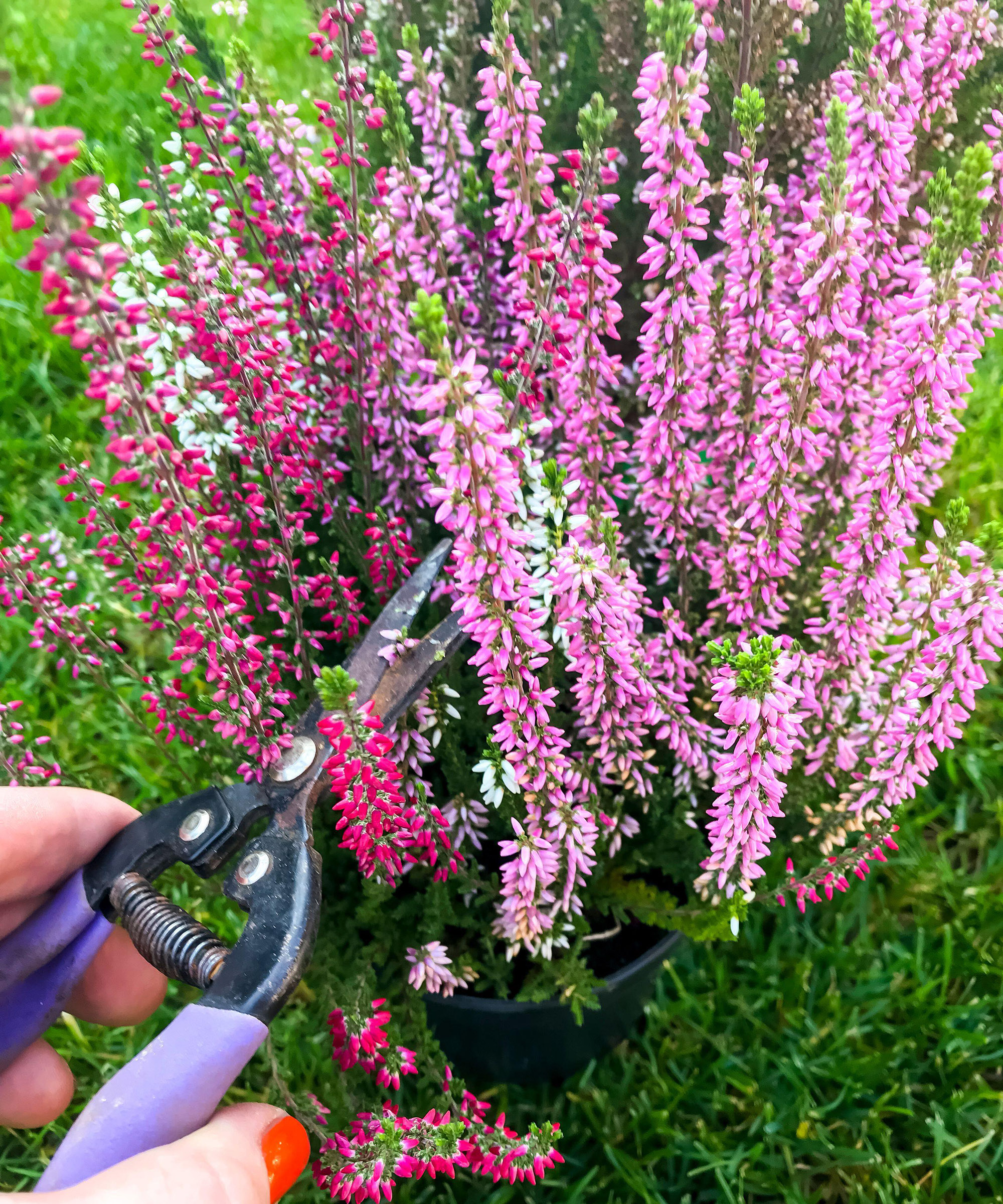
March
This month, our gardens begin to react to the lengthening days, with flowering daffodils and fat buds of blossom on the best flowering trees preparing to erupt.
It’s time to enjoy the great outdoors again and head into the garden for your spring garden jobs. Tidy up the borders and buy new plants from the garden center, all of which is guaranteed to put a spring in your step.
Any new purchases establish well if planted this month and there’s the opportunity of buying and planting bare root trees, hedging and fruiting plants at bargain prices - the growing season starts with gusto, so it’s time to get planting!
5 top jobs for March
- Trim deciduous grasses before the new leaves emerge. Miscanthus sinensis can be cut back from mid-March to April.
- Mulching around shrubs using a thick layer of composted bark will keep weeds at bay and retain moisture.
- If the weather is fine, mow the grass. For the first cut raise the blade to its highest level
- Take stock of borders, plant new perennials and cut out dead stems of dormant plants.
- Start dahlia tubers into growth. Bury in pots of compost, leaving the old stem exposed place in a light, frost-free spot. There's more tips on how to grow dahlias in our guide.
- Clean bird baths and bird tables once a week to reduce the risk of disease.
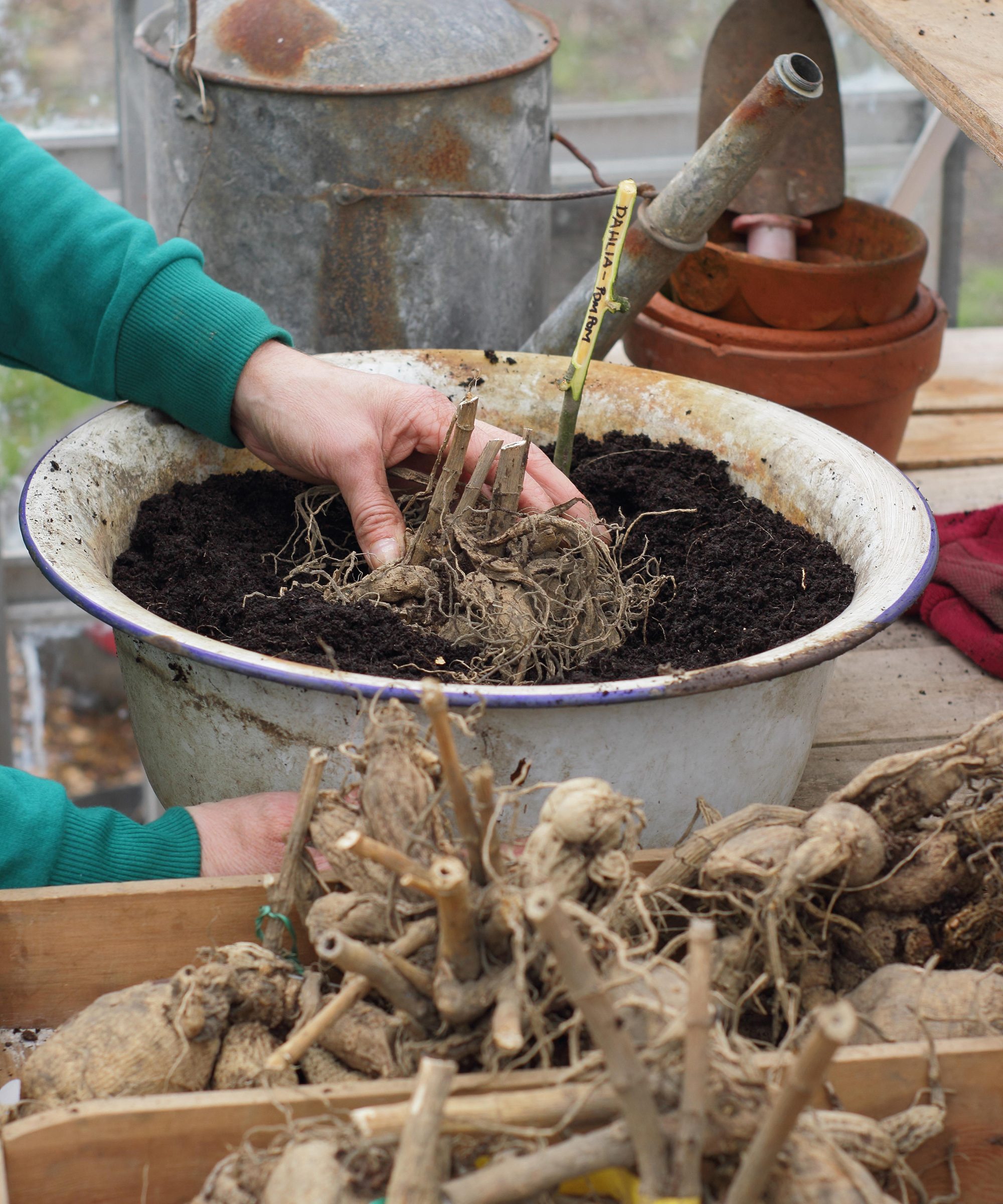
April
As the spring weather begins to warm up, April is the time of the year when the garden begins to come to life. The days start to get longer and it's time to get prepping for summer with lots of seed sowing for an abundance of flowers, fruit and vegetables later in the year.
It's also the time of year when autumn planted bulbs display their glory. If you followed our advice on when to plant tulip bulbs, they will now be the stars of the show.
Get organized now with your planting and you will be rewarded for your hard work throughout the summer!
Top jobs for April
- Spend some time repairing bald patches of lawn by following our tips on how to plant grass seed. Keep the soil moist while the seed germinates.
- Sweep up any patio areas removing any dead leaves or foliage and use the best pressure washer to clean the paving of mildew.
- Grow tomato seeds in a seed tray and keep in a propagator or heated greenhouse
- Tie in rambling and climbing roses as they grow to prevent unruly shoots sticking out.
- Prepare the soil in your vegetable beds that haven't been used yet by covering them with black plastic to keep it drier and warmer in preparation for planting.
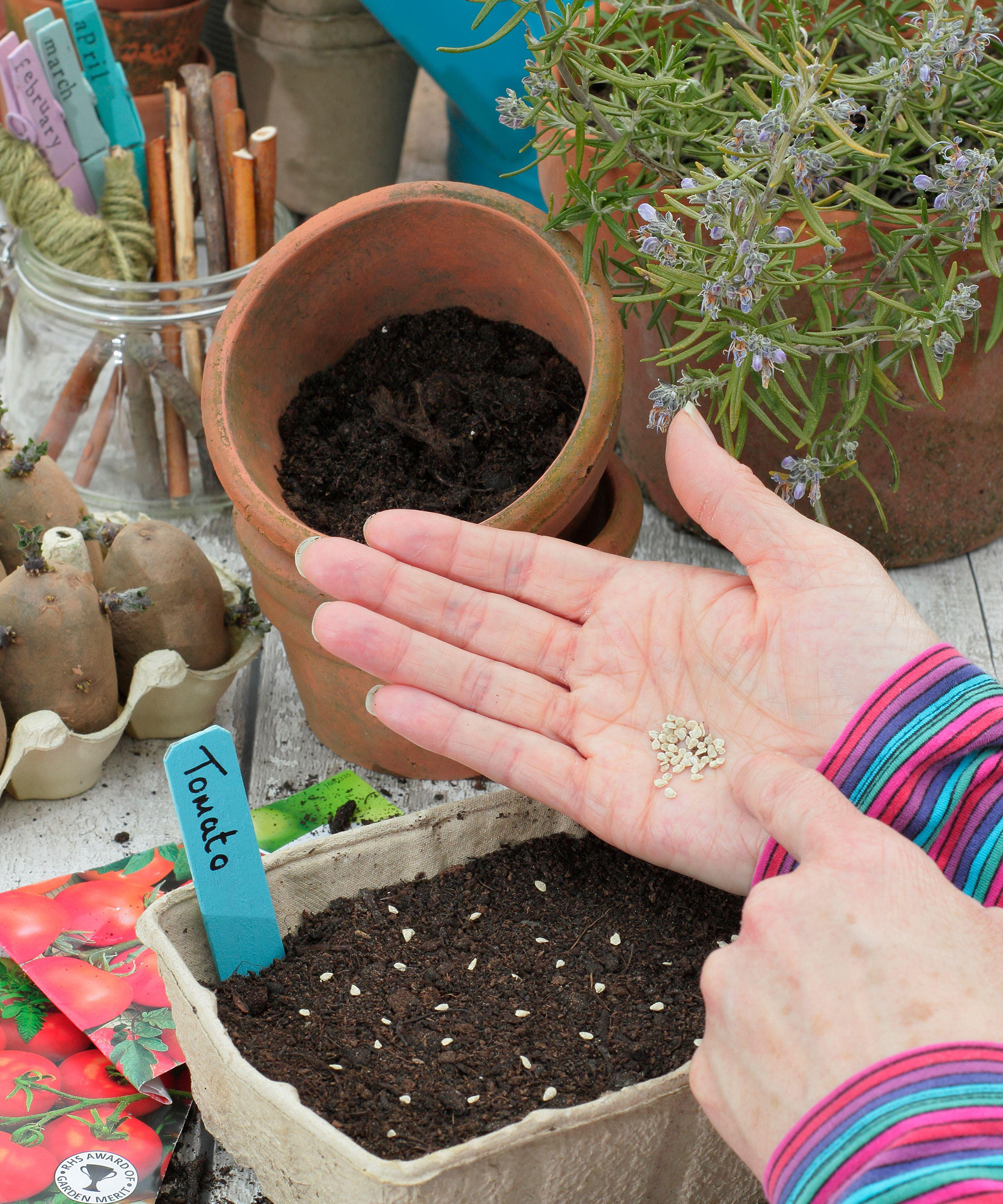
May
This is the time of year when the garden gets busy! As the risk of frost subsides, bedding plants are ready to bring instant color to the garden, while everything seems to rapidly grow as the weather warms up.
Following the best methods for how to get rid of weeds now will mean you can reap the benefits during summer.
It's an important time to stay on top of spring lawn care too, cutting grass regularly and watering during dry spells. Investing in the best lawn mower will help you make light work of this task in your monthly gardening calendar.
Tender vegetable varieties should now be ready to harden off in the warmer days so they can be planted out after the last frosts.
Top jobs for May
- If you're learning how to grow potatoes, earth them up regularly as the foliage grows, keeping any tubers well covered.
- Feed and cut your lawn regularly and make sure it is well watered during dry spells.
- Keep on top of weeding, checking the beds regularly for any new growth.
- Once all risk of frost has passed, put out summer bedding plants and pot up some of the best plants for hanging baskets for guaranteed summer color.
- Check hedges and long grass for wildlife before clipping or strimming. Don't use hedge trimmers during the bird nesting season.
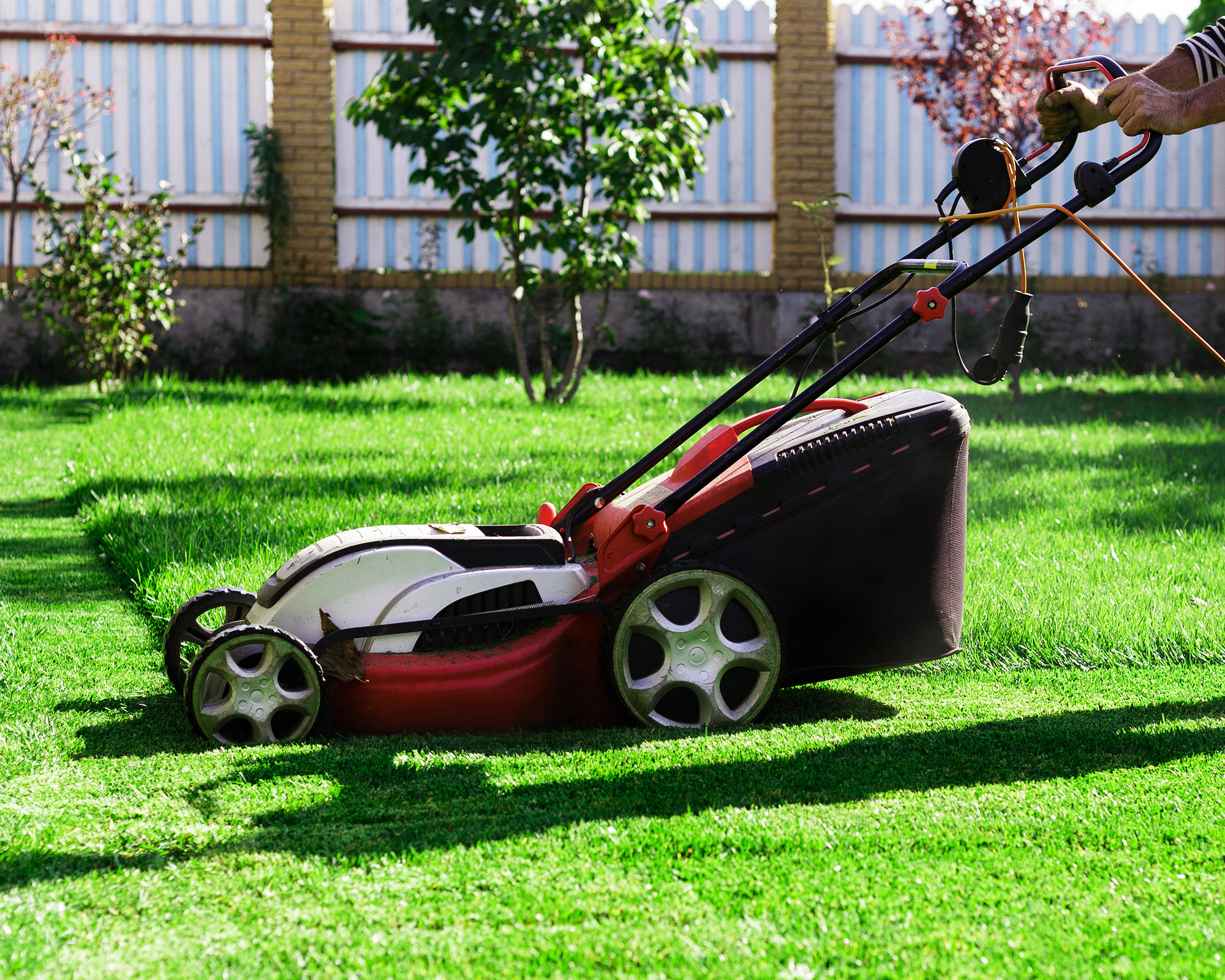
June
June is a glorious month in the garden, with more lush growth than at any other time of the year and any new flowerbed ideas will begin to take centre stage.
Shrubs with vibrant new growth fill the gap between spring bulbs and summer perennials and there’s plenty to enjoy at lower level, including alliums, foxgloves and newly planted tender plants, while scent is provided by philadelphus, wisteria, roses and the first of the sweet peas.
The next three months are the busiest in the productive garden, for sowing and planting, and there’s nothing more summery than harvesting your veg and cut flowers!
Top jobs for June
- Water cacti and any succulent garden ideas when the compost is dry. Place citrus trees, cymbidiums and other houseplants outdoors for a summer holiday
- Now the weather is warmer, slugs and snails are about. Follow our tips for how to get rid of slugs and go on a torch-lit hunt so you can protect vulnerable young plants.
- Drape netting over blueberries, currants and cherries to keep the birds off. And if you're learning how to grow strawberries, make sure you protect them from birds before the fruits color.
- Deadhead perennials such as catmint, geum, astrantia and scabious before seed sets to encourage a second flush. Trim back faded hardy geraniums hard.
- Sow biennials for next year such as wallflowers, honesty, foxgloves, Sweet Williams, forget-me-nots and Canterbury bells.
- Give tomato plants in the greenhouse a shake to help pollination and ensure a good crop. Pinch out the side-shoots of single-stemmed cordon tomatoes.

July
Summer is in full swing in July as gardens burst with blooms and many fruits and vegetables are ripe for picking. Some bedding and border plants may start to flag a little by the end of the month, after weeks of strong sun and not much rain, but with a little care you can perk them up and prolong their performance.
Lawns can be left to grow a little longer during hot spells, which will help them through periods of drought and give you more time to relax and enjoy the fruits of your labour.
Top jobs for July
- Mow the lawn just once a fortnight to keep it healthy during dry periods – the taller leaves develop longer roots which can withstand drought better.
- Consider garden water saving tips like not irrigating yellowing lawns, which will soon green up again when rain returns.
- Plant autumn bulbs such as colchicums and nerines.
- Most trees should be pruned in winter, but cherries, plums and damsons are best trimmed in summer to prevent silver leaf disease.
- Learning how to grow wisteria? Cut back the whippy stems to within five or six buds of the main stems – they will need another more drastic cut in winter too.

August
This month is one of the busiest in the monthly gardening calendar so follow our simple steps to keep your plot looking good this month.
Keep your flowers blooming by deadheading flowers, and trim off any faded foliage. Pick flowers regularly to encourage more blooms. Keep watering the garden too as August is often the driest month.
Pay close attention to containers and hanging basket ideas, which dry out quickest, and you’ll also need to keep up the regular liquid feeds once a fortnight.
If you grow your own fruit and vegetables they’ll need watering daily. Your lawn will need some TLC too, especially during hot spells. Most important of all, spend as much time in your garden as possible when doing your August gardening jobs to enjoy the benefits of all your hard work…
Top jobs for August
- Keep all your plants, containers and home grown fruit and vegetables watered well, especially if it’s hot. The best time to water is in the early morning. Aim the garden hose at the roots of the plants not the leaves.
- Give lavender bushes a trim as soon as they finish flowering. Use the best secateurs to trim away the old flowering spikes and the top inch (2-3cm) of leaves. Don’t cut back into older wood as the flowers will grow from this next year.
- Collect seed heads from the garden. The best time to do this is when the seed heads or pods have ripened and are dry and brittle. Gather them on a dry day, ideally after a rain-free spell, as they need to be completely dry when stored or they will go moldy.
- Deadheading flowers and plants as soon as they start to fade will encourage more blooms. Always keep your secateurs clean and sharp to avoid damaging plant stems and spreading disease.
- Take cuttings from plants such as tender perennials like pelargoniums before you lift and store them over winter. The cuttings will give you more plants and also act as insurance in case the parent plants don’t survive the winter.

September
The only thing that’s certain about September is uncertainty! One day you might be basking in the heat, almost blinded by the sunlight bouncing off the heleniums, rudbeckias and red hot pokers in your borders; the next you may be huddled in a raincoat, wondering if it will ever be warm again.
Either way, your September gardening jobs are about getting the garden ready for the months ahead – by collecting seeds, sowing hardy annuals and winter veg and keeping on top of the falling leaves.
Top jobs for September
- If you have a lawn, now is the time to show it some TLC with some autumn lawn care. Rake it thoroughly with a wire rake to remove the moss and thatch and then spike it to aerate the soil and improve drainage. A sprinkling of phosphate feed wouldn’t go amiss either.
- Ponds need attention too – clear any duckweed or algae, cut back overhanging plants and net the surface to stop leaves falling in and suffocating your fish.
- Trim and mulch hedges (when the soil is damp, to conserve moisture).
- Plant alliums, crocuses and daffodils – but not yet tulips – ready for spring.
- Order winter bedding plugs such as cyclamen and primula from catalogues or online and plant them out when they arrive
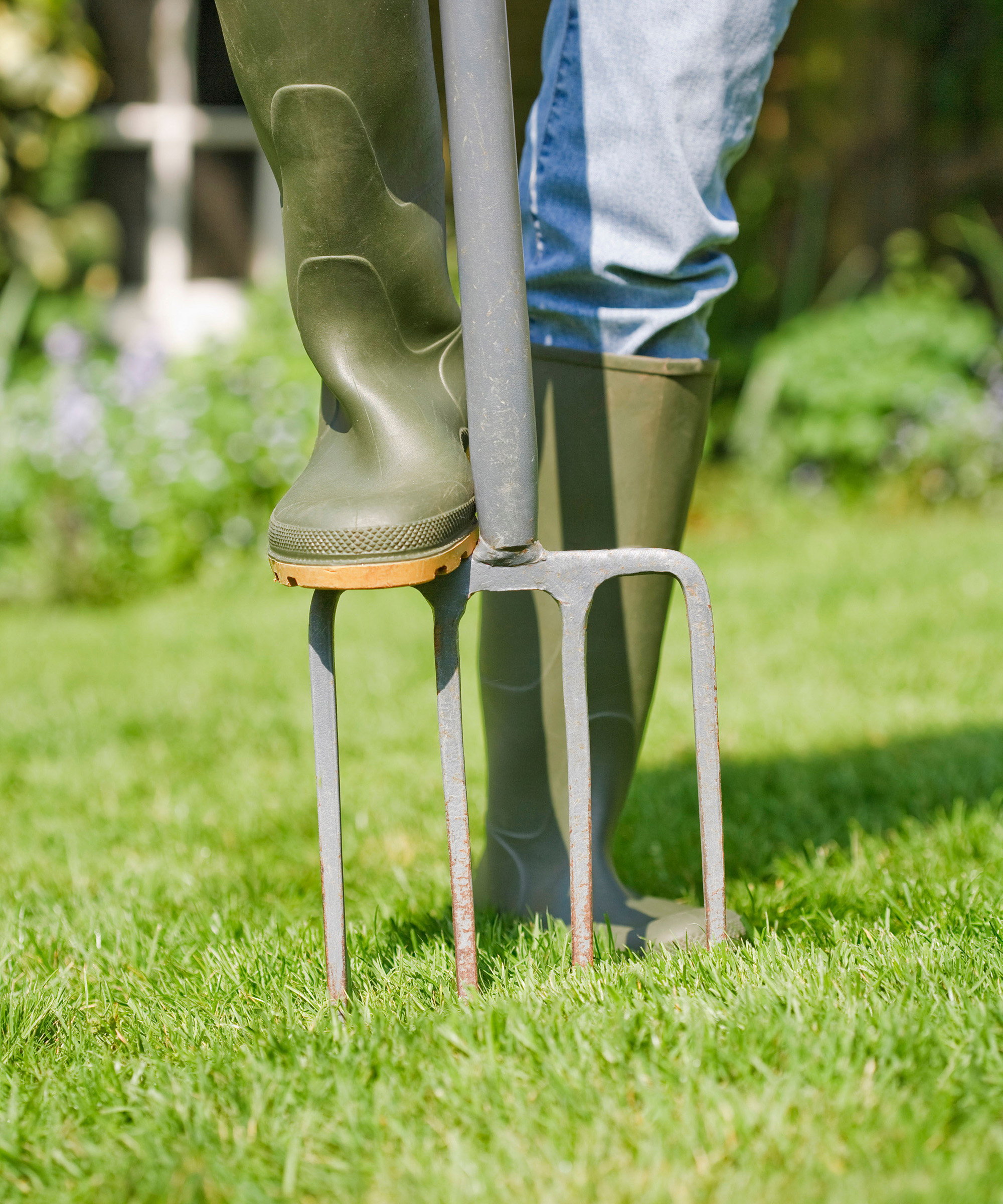
October
The days are noticeably getting shorter now and there is a chill in the air, signalling the sign of fall. It's a time when the leaves begin their glorious show of color and is one of the most stunning times in the garden.
It's also a good time to get prepared for next year, cutting back perennials, mulching borders and harvesting autumn vegetables.
Think of it as a fall clear out, with time on your hands to get key October gardening jobs done like cleaning the greenhouse and ordering seeds and plants for next year.
Top jobs for October
- After flowering, prune climbing and rambling roses and tie in stems securely to prevent any breakages in extreme weather.
- Mow the lawn before the weather gets too wet and cold, re-seed bare sections or re-turf. It's also a good time to aerate a lawn by using a garden fork as waterlogging can be common over winter.
- Empty out old pots and tomato plants from your greenhouse and give it a good clean to help tackle any pests and diseases over winter.
- As leaves begin to fall, regularly sweep up and don't leave them on grass. Put the leaves to good use by learning how to make leaf mold, which once well rotted, can be used as compost or a mulch.
- Lift tender perennials such as pelargoniums and gazanias so you can overwinter them indoors and protect them from the winter weather.
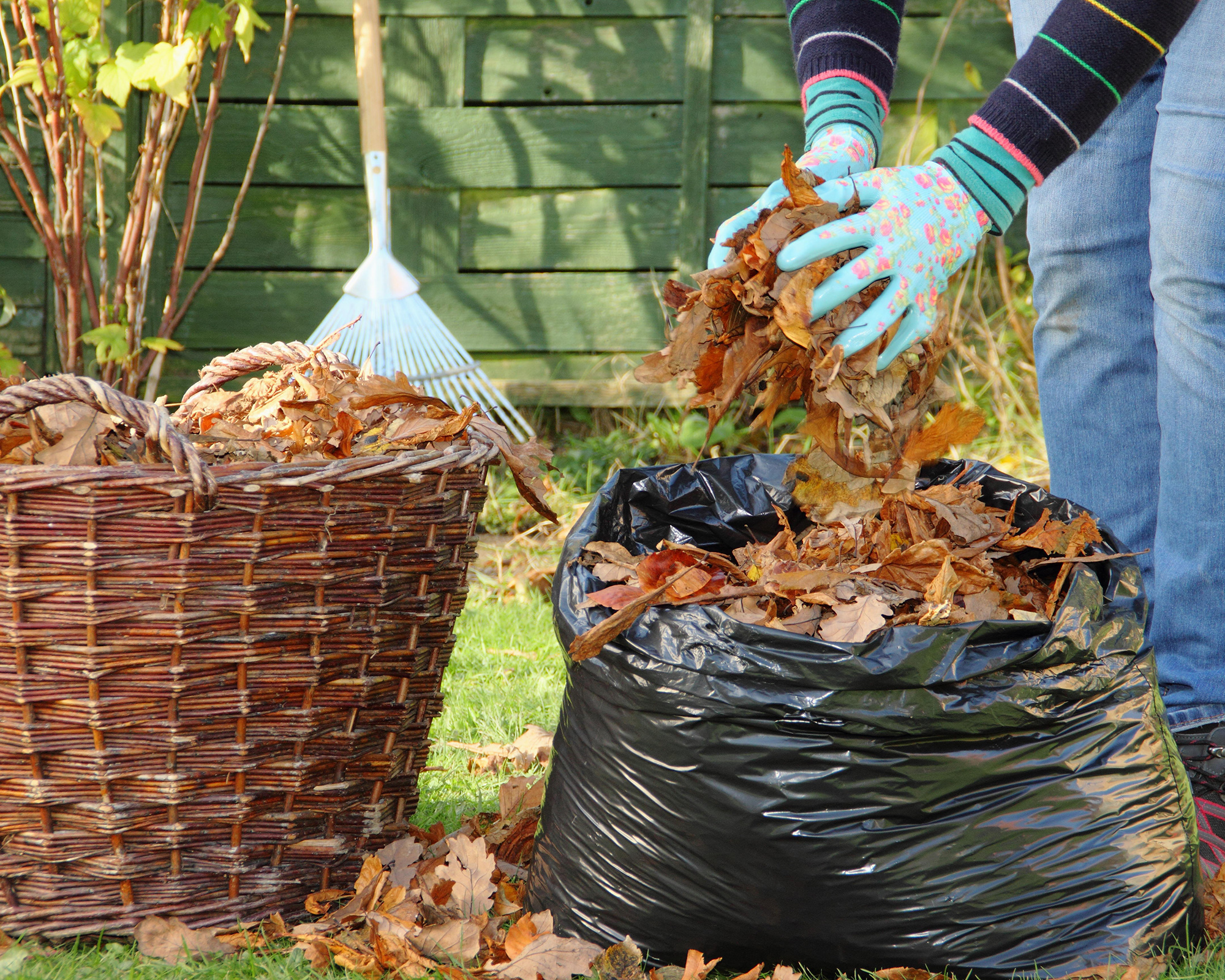
November
It's all about protecting plants this month, checking tree ties and tying in shoots on plants where needed to prevent any damage occurring from the harsh winter weather. While there are fewer November gardening jobs outdoors, it's still an exciting time to plan for the year ahead.
If you've got any bare patches in borders or want to change the layout, use this time to research and plan for next year. It's also important to order any plants or seeds well ahead before stocks run out.
Top jobs for November
- Continue to stay on top of fallen leaves by collecting on a regular basis.
- Cut back on watering the best indoor plants so often as the temperatures begin to drop.
- It's now the best time for when to plant tulip bulbs in pots and borders, ensuring there is good drainage to prevent the bulbs from rotting.
- If there is a dry spell, water garden planters and make sure they are lifted off the ground so they don't get waterlogged during winter.
- Give garden tools a good clean and sharpen secateurs ready for pruning.
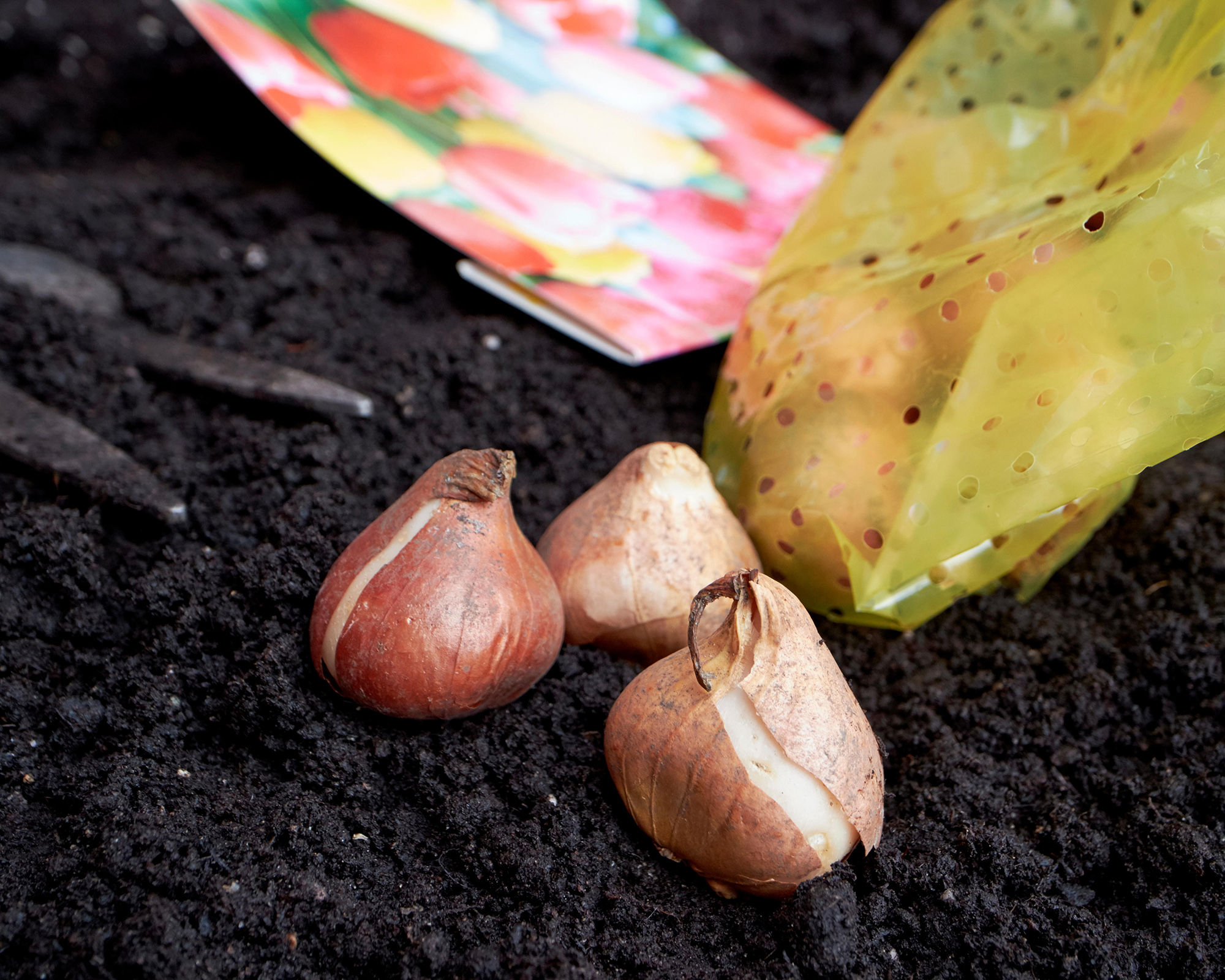
December
This month, the days are short but filled with pale winter sunshine and there’s a refreshing nip in the air so every reason to get outside and enjoy what your garden has to offer at this time of year. It’s a forager’s delight when it comes to natural decorations for the festive season.
Plants for winter berries are bursting out all over, interesting twigs and skeletal seed heads take centre stage, and armfuls of evergreens are just waiting to be gathered to deck the halls with natural garlands and wreaths.
But there are some December gardening jobs to be done outdoors. It’s time to prune climbing roses, dig over empty borders for next year’s planting, move winter pots to a sheltered spot, fill up your best bird feeders and think about ordering seeds for next year. Exciting times!
Top jobs for December
- Following strong autumn winds check climbing plants are securely attached to their supports with ties. Check tree ties and stakes to ensure that trees are still secure.
- Dig over empty borders and pile manure on top. It doesn’t have to be perfect as you can leave it to the worms and frosts to break up the soil.
- Harvest holly berries for making DIY Christmas decorations. Stand them in a bucket of water until you need them.
- Lift and divide established clumps of rhubarb to renew the plant and get more. Sections taken from the outside of the plant are better than those from the centre.
- Keep looking after your lawn. Clear leaves off to prevent dead patches. If the weather is mild, continue to cut your lawn but raise the height of the mower blades. Spike with a garden fork to improve drainage and aeration.
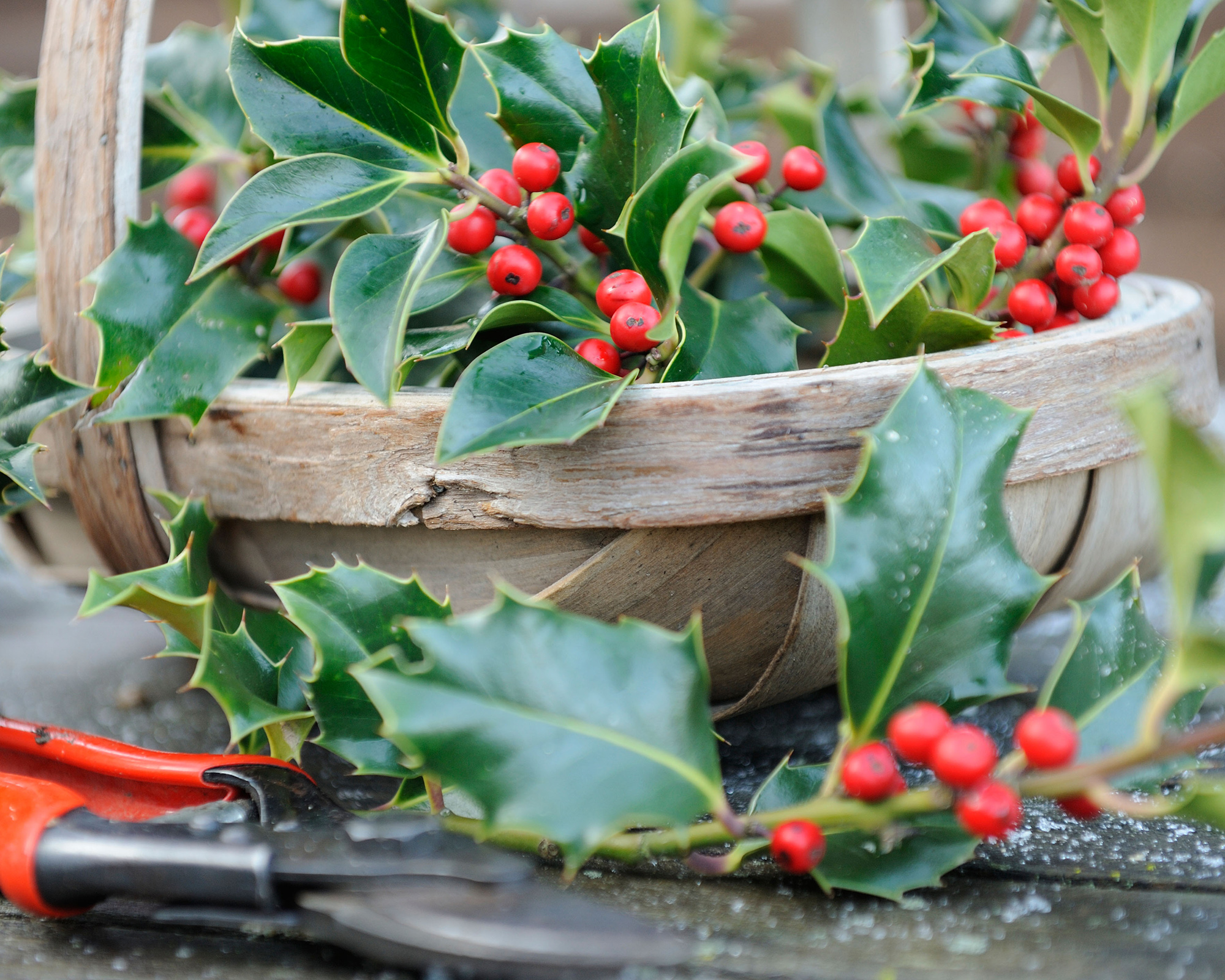
What month do you start gardening?
As our monthly gardening calendar show, there are plenty of gardening jobs to be done throughout the year. The busiest times tend to be when the winter frosts have passed and the soil should have warmed up enough to start sowing veg and flower seeds for summer.
The flush of growth in summer means that there's plenty of weeding, watering and deadheading to do to keep the garden healthy. Then pruning back takes place in the colder months when the garden has gone to sleep.
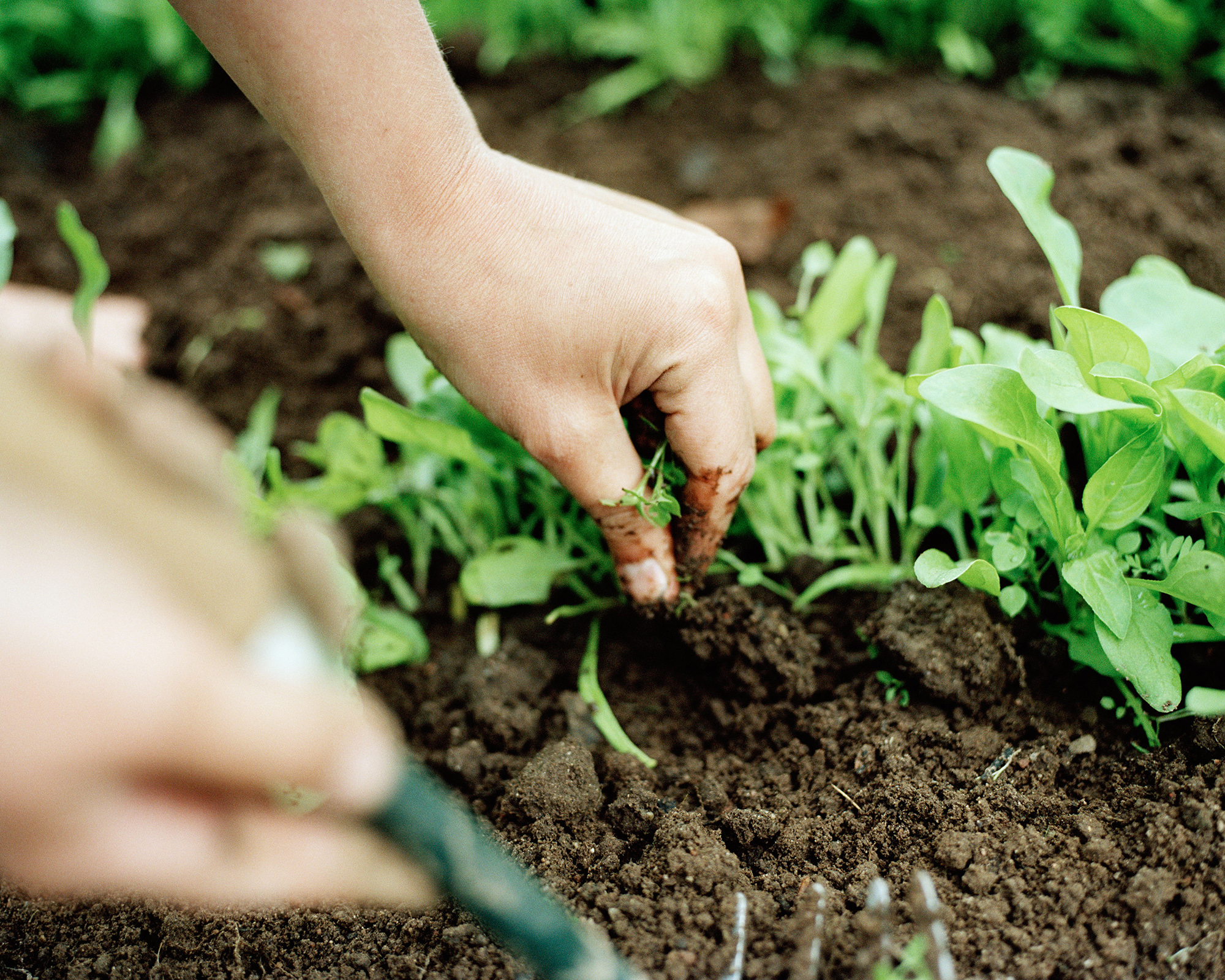
What should I be doing in my garden every month?
- January - Make a plan for the year ahead
- February - Get ahead with preparations for spring
- March - tidy up beds and borders
- April - Sow seeds for summer
- May - Add bedding plants and feed and cut the lawn
- June - Harvest vegetables from your kitchen garden and deadhead flowers
- July - Water and feed beds and borders
- August - Collect seed from your plants
- September - Sow hardy annuals and winter veg
- October - Plant spring bulbs
- November - protect plants from frosts
- December - Harvest foliage for seasonal decorations

Teresa has worked as an Editor on a number of gardening magazines for three years now. So she is lucky enough to see and write about gardening across all sizes, budgets and abilities. She recently moved into her first home and the garden is a real project! Currently she is relishing planning her own design and planting schemes. What she is most passionate about when it comes to gardening are the positive effects it has on our mental health to grow and care for plants, as well as being great for the environment too and help provide food and shelter for wildlife.
